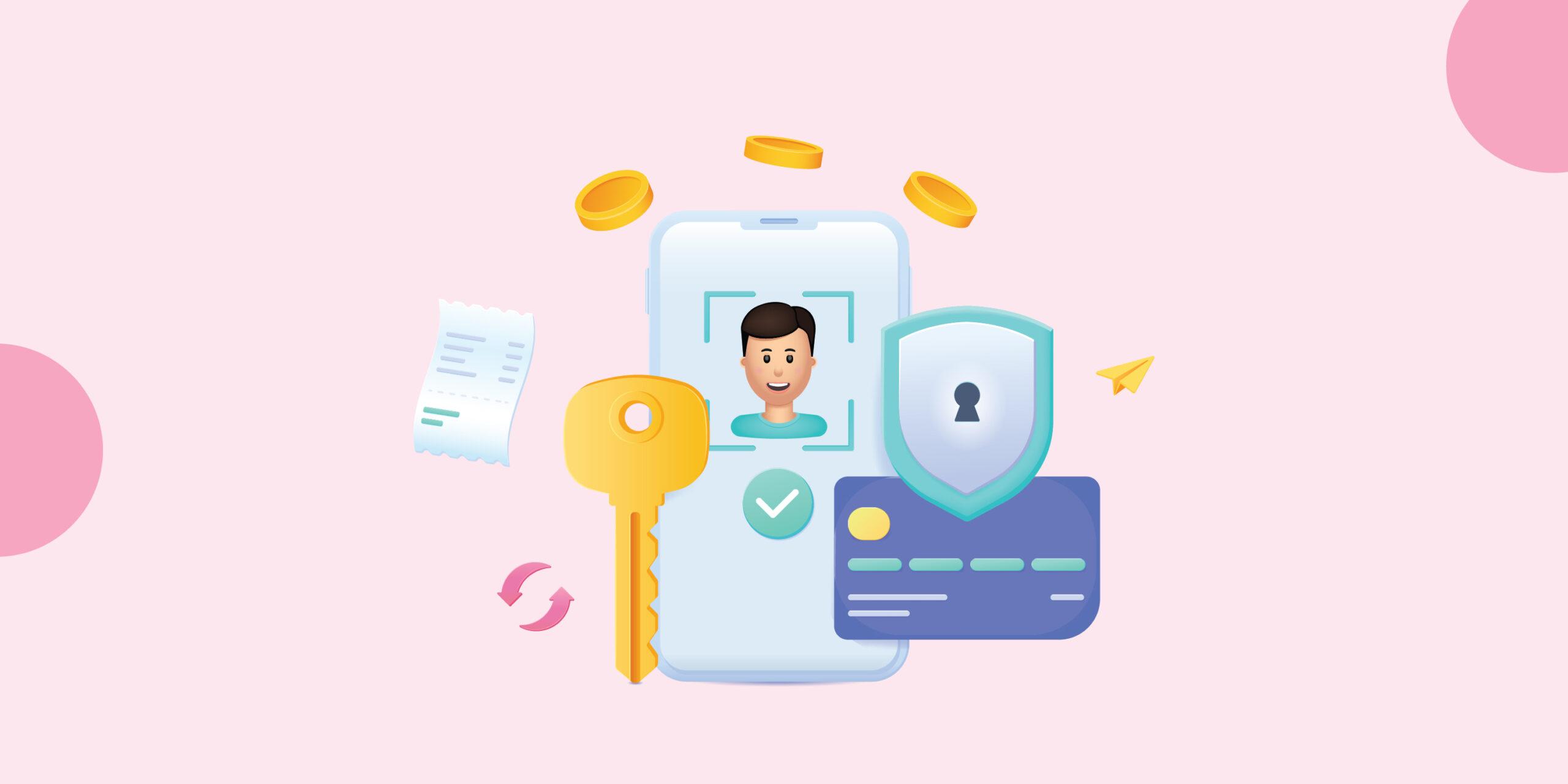UPI has changed the way we pay, offering faster checkouts, zero cash and no cards. But behind the ease, a new set of risks has emerged. From phishing messages to fake QR codes, UPI scams are evolving fast. And they don’t just target the unaware. Even frequent users fall for these traps.
With rising UPI frauds complaints across platforms, knowing what to watch out for is your first defence. Keep reading to learn how to spot fraud and understand how to protect your money.
Types of UPI Frauds
UPI frauds are becoming more creative every day. Here’s how scammers operate and how each trick works:
- Fake collect requests: You get a UPI request asking you to approve a payment. It may look like a refund or prize claim. But the moment you authorise it, money leaves your account.
- Phishing links: Clicking on fake links from emails or messages can lead to a payment page that looks real. But once you enter your PIN or login, scammers steal your details.
- QR code scams: Someone sends you a QR code saying it’s for receiving money. But scanning it actually initiates a payment from your account.
- Screen-sharing frauds: A fraudster pretending to be tech support may ask you to install apps like AnyDesk. Once connected, they see your screen and steal your UPI PIN during transactions.
- Fake helpdesk numbers: You search for support and land on a scam number. They talk like genuine support staff but trick you into sharing OTPs or login details.
- Lookalike UPI IDs: Scammers create UPI handles that look like real ones. You think you’re sending money to a known contact, but end up sending it to a fake ID.
- Fake apps: Some UPI frauds use duplicate apps that look like Paytm or Google Pay. These steal your bank login details the moment you enter them.
- Payment screenshot frauds: A fraudster shares a fake payment confirmation image. Believing the money is received, you hand over goods or services and later realise no money came in.
- Reward or lottery traps: You may receive a call or message claiming you’ve won a prize. Once you share your UPI ID or pay a so-called processing fee, the fraudster gains access to your funds.
- Seller impersonation: Someone pretends to be a seller and asks for advance payment. Once paid, they vanish with no product in sight.
Steps to Protect Yourself from UPI Fraud
Now that you know the types of UPI frauds, here’s how to stay safe while making digital payments:
- Never share your UPI PIN: No bank or support staff will ever ask for your UPI PIN. Never share such sensitive information.
- Verify every request: Approve UPI collect requests only if you know who they’re from and what they’re for.
- Avoid scanning unknown QR codes: UPI scams using QR codes are common. Never scan a QR code sent by someone you don’t know. Scammers use them to trick you into approving payments instead of receiving money.
- Stick to trusted apps: Use only RBI and NCPI-regulated apps like Google Pay, PhonePe, Paytm or your bank’s official app.
- Don’t install screen-sharing apps: Avoid installing screen-sharing apps on your phone or device that you frequently use for making payments.
- Secure your phone: Always set up a screen lock and refrain from saving sensitive information in notes or chats.
- Always double-check details: Look closely at UPI IDs, links and mobile numbers before paying.
- Don’t click random links: Ignore links from unknown sources via SMS or WhatsApp.
- Report fraud fast: If you think you’ve been scammed, contact your bank immediately. You can also call the national cybercrime helpline at 1930 to report UPI fraud and block further transactions.
How to Respond to a UPI Fraud Quickly?
Acting quickly can reduce the chances of financial loss and improve the chances of recovery. Here’s what you should do immediately.
Step 1: Report to your bank immediately
Use the app or visit your branch to block transactions and raise a complaint.
Step 2: Call the cybercrime helpline 1930
It’s available 24/7 for quick support.
Step 3: File UPI frauds complaints on the Cyber Crime Portal
File an online complaint at https://cybercrime.gov.in.
Step 5: Keep all proof
Save screenshots, messages and emails related to the scam.
UPI is safe to use, but like any digital tool, it comes with risks. Knowing how UPI frauds happen is the first step to avoiding them. Stay alert, never share sensitive details and report fraud as soon as you notice it.
And if you ever need quick funds, whether to manage an emergency or just stay financially prepared, Fibe’s Instant Cash Loan Online can help. You can get a loan up to ₹5 lakhs with no collateral and repayment options up to 36 months. Check your offer on the Fibe App now and get funds within 5 minutes!
FAQs on UPI Frauds
Can a UPI ID be hacked?
No, your UPI ID alone can’t be hacked. But if you share your UPI PIN or click on phishing links, scammers may misuse it. This is why you must never share PINs or authorise unknown payment requests.
Can a bank reverse a UPI transaction?
If reported quickly, banks may be able to block or reverse the transaction. Always report fraud as soon as possible for better chances.
Can someone withdraw money from my UPI ID?
No. Just knowing your UPI ID is not enough. To withdraw money, they also need your UPI PIN. So, is it safe to share UPI ID? Yes, as long as you don’t share your PIN, OTP or approve unknown requests.
